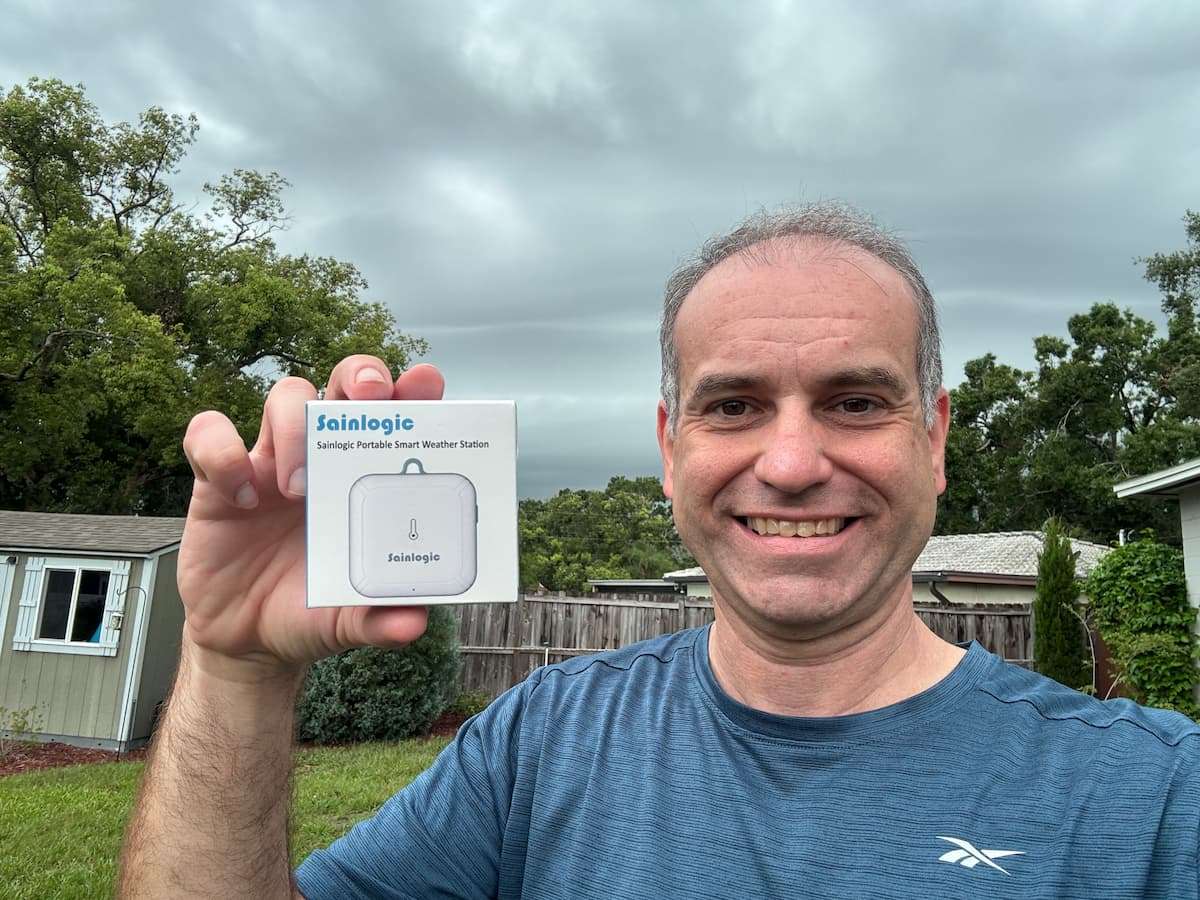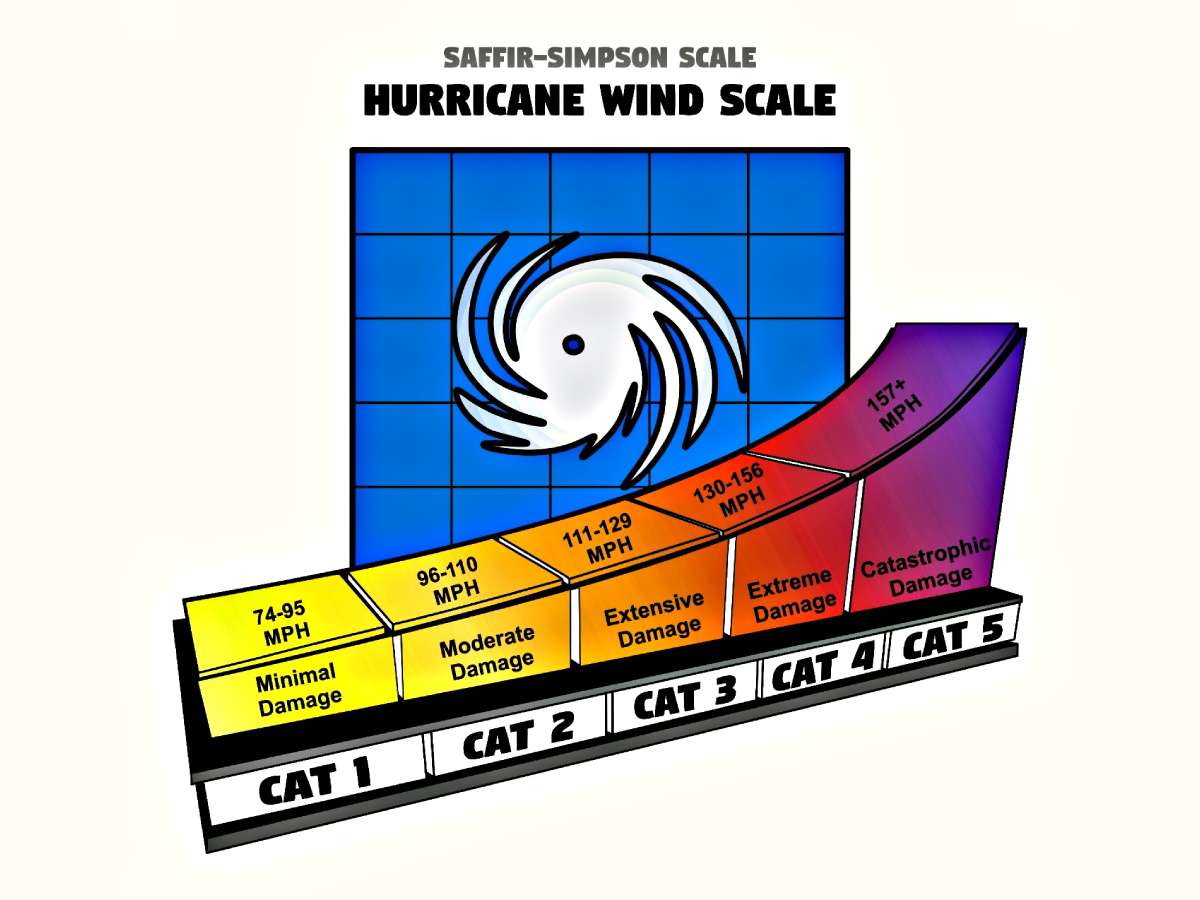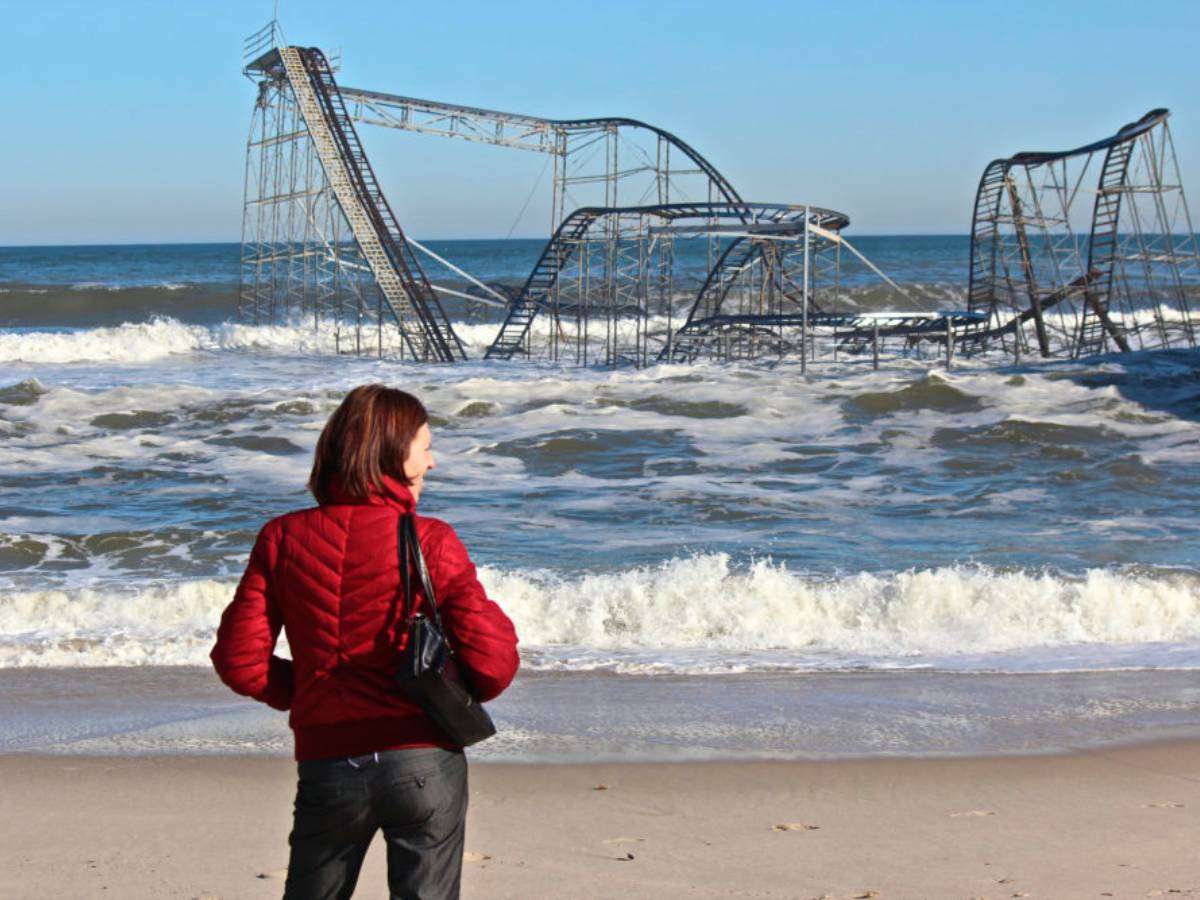Inspired by the Bud Light Real Men of Genius commercial, “Mr. SPF 80 Wearer”, following is a collection of little-known facts about SPF, plus some humorous links for over-the-top sunblock wearers.
First, The Lyrics…
Today we salute you
Mr. 80 SPF Sunblock Wearer
(mr. 80 SPF sunblock wearer)
There are 24 hours in a day
You’re wearing 80 hour protection
If the sun fails to go down…
You’ll be ready.
(don’t forget the moonlight)
Your coconut-scented force field
blocks out all the sun’s rays
and any stray rays
from another sun
in another galaxy.
(you’re a star)
30 SPF?
Please…
you might as well be wearing cooking oil
(something smells delicious)
So crack open an ice cold Bud Light
Mr. 80 SPF Sunblock Wearer
In fact, feel free to crack one open at high noon
In the middle of the Sahara Desert
(mr. 80 SPF sunblock wearer)
Listen to Bud Light’s Real Men of Genius ”Mr. 80 SPF Sunblock Wearer”:

Now onto the SPF Humor & Funny Sunscreen Links…
- You know you’re in Texas when… a formula less than 30 SPF is a joke. And …sunscreen with less than 50 SPF is called hand cream.
- The rules of housecleaning… #3 Layers of dirty film on windows and screens provide a helpful filter against harmful and aging rays from the sun. Call it an SPF factor of 5 and leave it alone.
- You know you’ve been in Arizona too long when… sunscreen is sold year round, is kept at the front of the checkout counter. A formula less than SPF 30 is a source of humor among shoppers waiting in line, and you apply it just to go to Circle K.
- How’s the weather in Kabul?… SPF 12000 sun block highly recommended if standing near an outside structural wall of less than one meter thick.
- Photo: Mexican sunblock (a funny photo!)
- Commencement address at MIT by Kurt Vonnegut… and a couple of parodies: a motorcyclist’s rendition and White Zinfandel bashing.
- Urban legend: Waterproof sunscreen causes blindness in children… a false waterproof sunscreen warning.
- You know you’re an adult when… you actually buy scarves, gloves, and sunscreen.
- You know you’ve been in the cadets too long when… you use cam-paint as sunscreen.
Little-Known Facts About SPF
SPF (Sun Protection Factor) is the number (2 through 60) that tells you the amount of time it will take your skin to burn with sunscreen on, compared to the amount of time before you’d burn with no sunscreen.
Did you know?….
- Mosquito-repellents and sunscreen products containing oxybenzone should never be used together, especially on children. Here’s why.
- SPF ratings are based on the estimate that one can be in the sun for about 20 minutes before burning without using ANY sunscreen. So an SPF of 15 means that you could be in the sun for about (20×15=…) 300 minutes, or 5 hours, before you would start to burn.
- In addition, a higher SPF blocks out more rays. A product with an SPF of 15 will filter out approximately 93% of UVB rays; SPF 30 filters out about 97%.
- That is, of course, so long as the sunscreen remains intact on your skin, rather than becoming washed away by washing, swimming, or perspiring.
- The ingredients and sun-blocking agents inside suncreens tend to degrade over time. So, if you’re still holding on to last year’s sunscreens, don’t. Instead, by a fresh sunscreen each year.
- There’s no such thing as “waterproof” sunscreen anymore. “Water-resistant” means that the product provides sunblock protection for either 40 minutes or 80 minutes while swimming or sweating.
- The difference between sunscreen and sunblock: “Sunblock” physically blocks the sun (both UVA and UVB). Look for Titanium Dioxide or Zinc Oxide as the main ingredient in sunblocks. On the other hand, sunscreen contains chemicals that absorb UV radiation and reduce the amount that reaches the skin.
- If you are more sensitive than most people are to the sun, then you need to determine your own base number (probably less than 20 minutes) as the length of time that you can be in the sun until you start to burn. Then, multiply THAT number times the SPF number to determine your true coverage.
- After 30 SPF, a higher SPF number is no better. In fact, there are lots of reasons not to use anything higher than SPF 30.
- These days, they have sun protection clothing with built-in SPF. Everyone’s wearing it, and you can’t even tell!
What I Learned Today…
I used to think that SPF referred to how deeply the sun’s rays are blocked from reaching my skin. Instead, SPF refers to the lasting power of the gel, cream or spray.




